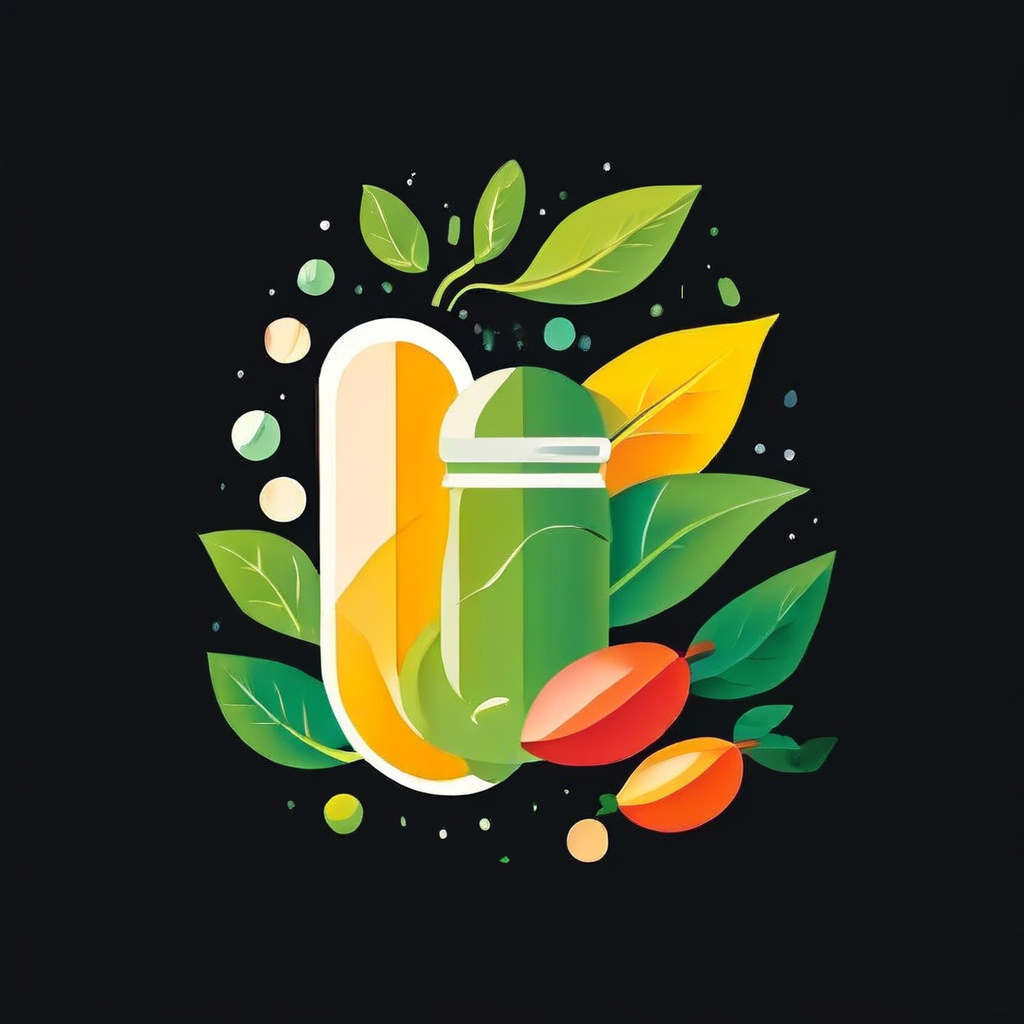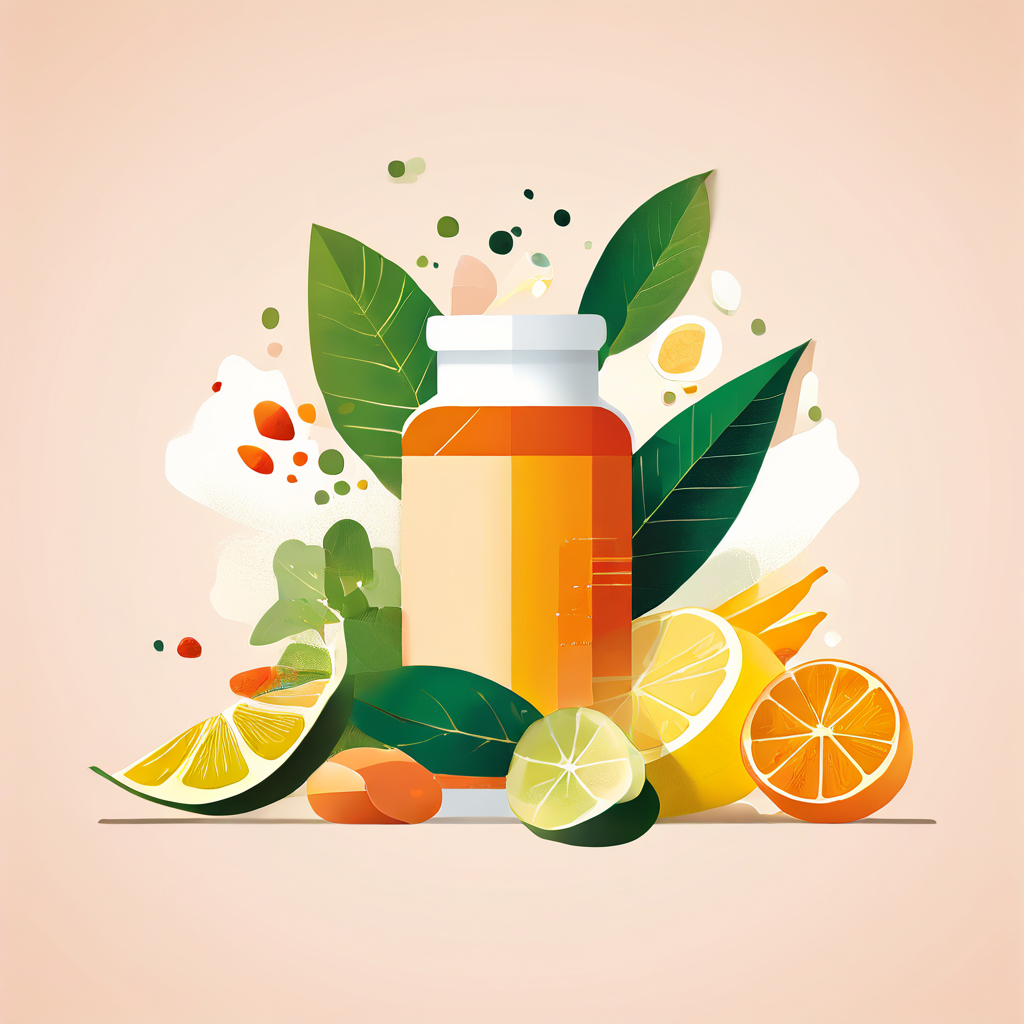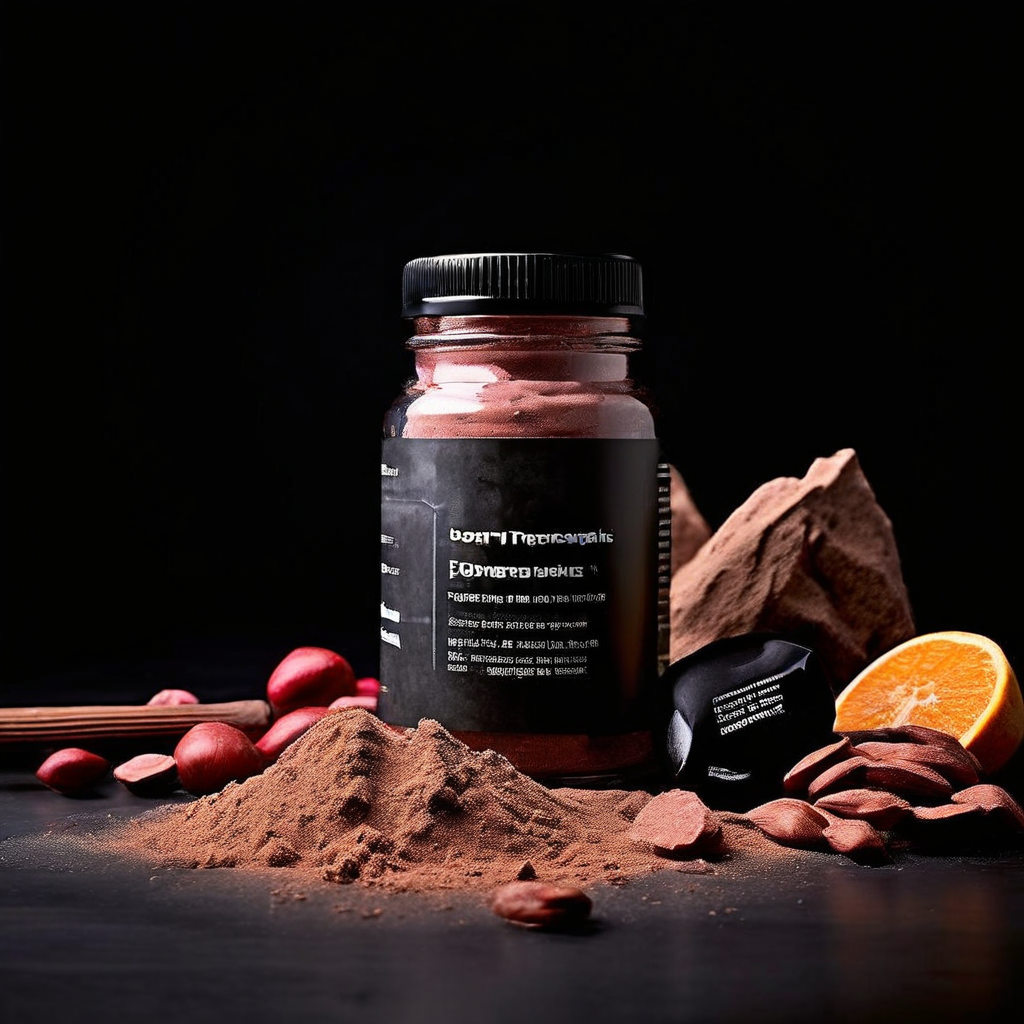Green tea, especially shade-grown varieties like matcha and gyokuro, contains the highest levels of L-theanine compared to other types of tea. L-theanine is an amino acid that promotes relaxation and improves cognitive function.
Tea is one of the most popular beverages worldwide, enjoyed for its flavor and potential health benefits. Many of these benefits are attributed to the unique compounds found in tea leaves.
What is L-Theanine?
L-theanine is a non-protein amino acid naturally found in tea leaves. It’s known for its calming and stress-reducing effects on the mind and body. L-theanine works by increasing levels of GABA, serotonin, and dopamine in the brain. These neurotransmitters help regulate emotions, mood, concentration, alertness, and sleep. L-theanine also contributes to the umami flavor in certain teas.
Factors Affecting L-Theanine Content
Several factors influence the amount of L-theanine in tea, including the type of tea, growing conditions, processing methods, and brewing techniques.
Shade-Grown Teas are Highest in L-Theanine
Among green teas, those grown in the shade, such as
Other Green Teas Also Contain L-Theanine
While not as high as matcha or gyokuro, other green teas like
Brewing Method Matters
How you brew your tea can also affect the amount of L-theanine you consume. Using hotter water and longer steeping times will extract more L-theanine from the tea leaves. However, be careful not to oversteep, as this can make the tea taste bitter. For optimal results, use water just below boiling point and steep for 1-3 minutes.
L-Theanine Supplements
If you want to increase your L-theanine intake beyond drinking tea, supplements are available. These usually provide a more concentrated dose of L-theanine, ranging from 50-200 mg per serving. However, it’s best to consult with a healthcare professional before starting any new supplement regimen.
Key Takeaways
- Green teas contain the highest levels of L-theanine, especially shade-grown varieties like matcha and gyokuro.
- L-theanine promotes relaxation, reduces stress, and improves cognitive function.
- Brewing with hot water and longer steeping times extracts more L-theanine.
Summary
In conclusion, if you want to maximize your L-theanine intake from tea, opt for high-quality green teas like matcha, gyokuro, sencha, or kukicha. Proper brewing techniques can also help you get the most out of your tea. While L-theanine supplements are available, I believe enjoying a delicious cup of green tea is a more pleasant and natural way to reap the benefits of this unique amino acid.



